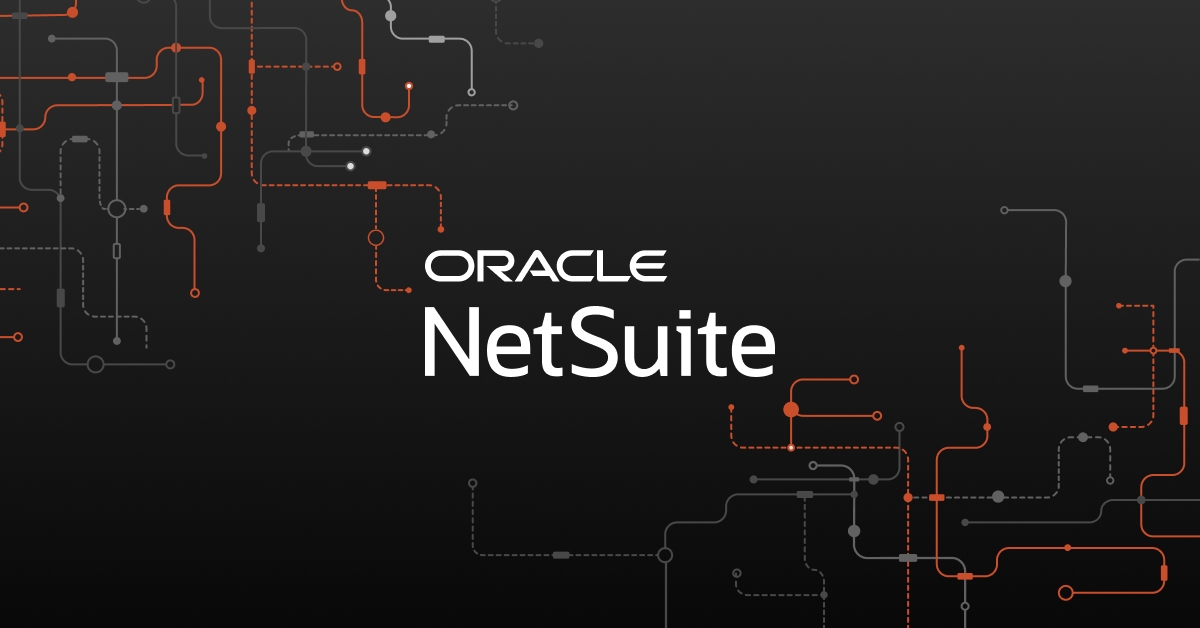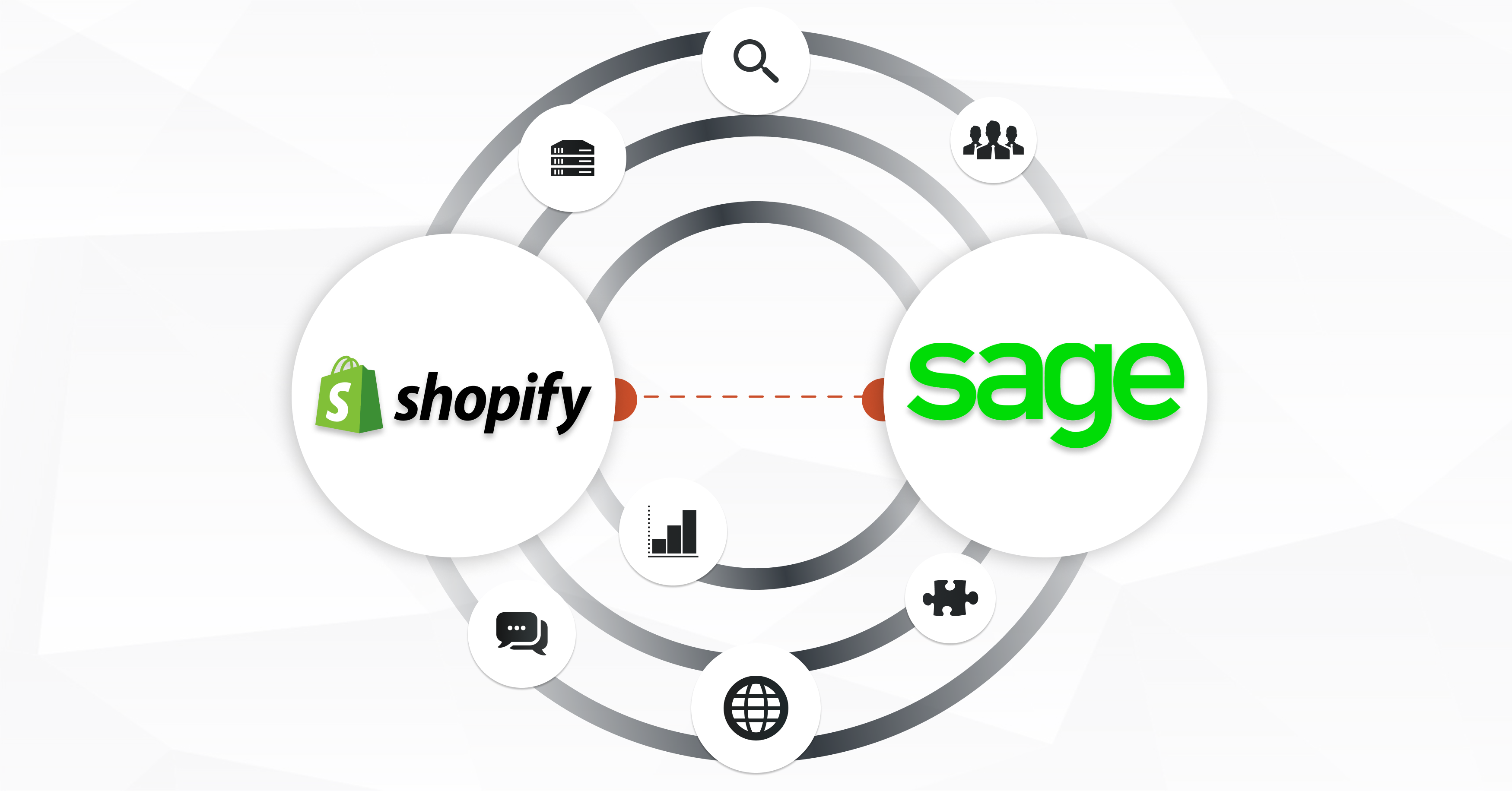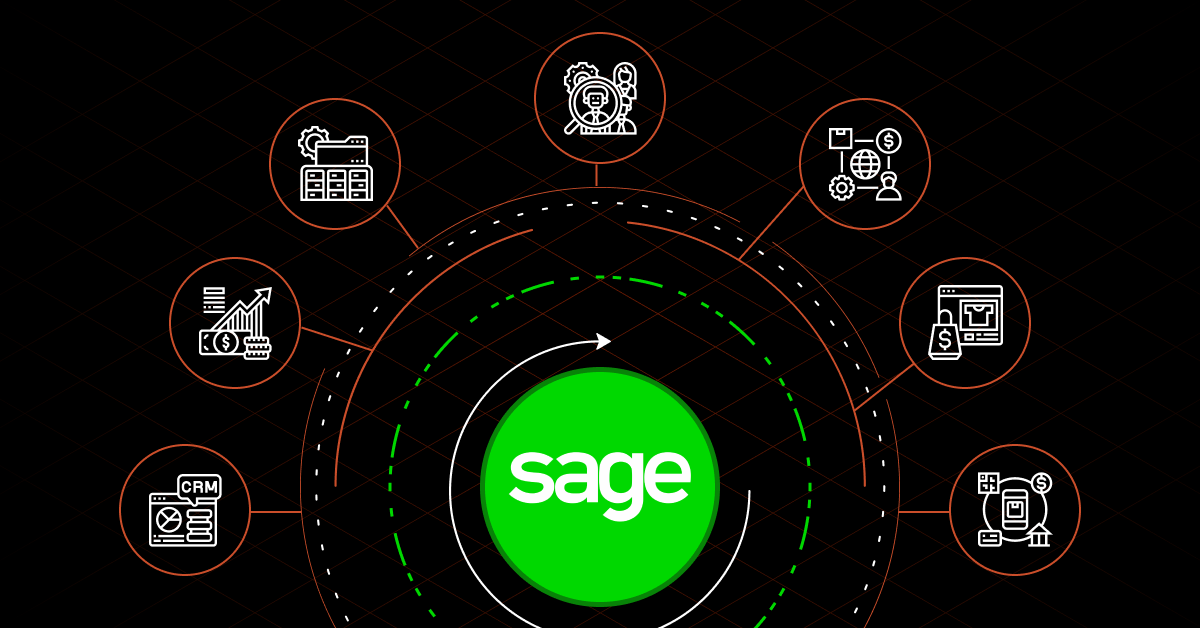Acumatica ERP integration is the process of syncing Acumatica ERP with other business applications and legacy systems to create a centralized repository of data. Small and large businesses can streamline processes, cut down on human labour, and enhance data accuracy by connecting cloud-based enterprise resource planning solutions with other software systems.
Acumatica integrates with various third-party software, by eliminating the intricacies of desperate systems, such as ecommerce platforms, CRM systems, shipping providers, payment gateways, and more. The integration process is typically done through APIs (Application Programming Interfaces) or middleware solution.
Here is a how-to manual that will help you simplify your integration with minimal effort.
Contents
Acumatica’s Integration Capabilities With Various Platforms
Ecommerce Platforms
Acumatica ERP integrates with popular ecommerce systems like Shopify, Magento, and WooCommerce to simplify order management and inventory management, ensuring bi-directional data flow to facilitate online customers with seamless navigation and accurate data. In a nutshell, this helps ecommerce merchants synchronize their product catalogs, orders, and customer data between the two systems.
Customer Relationship Management (CRM) systems
Acumatica helps companies manage their customer data and sales pipeline by integrating with well-known CRM platforms like Salesforce, Hubspot, and Microsoft Dynamics 365. By integrating the two platforms, users may keep track of customer contacts, sales prospects, and marketing initiatives. Thus, easy access to sales data helps the sales team understand the user journey and streamline their workflow in accordance with the personalized requirements of customers.
Read More: How to Set up a Successful CRM ERP Integration: Benefits, Challenges, and Best Practices
Payment gateways
Integrating payment gateways like PayPal, Stripe, and Authorize.net with Acumatica ERP lowers the possibility of errors, helping users process refunds, receive payments from clients, and view transaction history all from within Acumatica.
Business Intelligence (BI) tools
Acumatica interacts with BI applications like Power BI, Tableau, and QlikView to assist companies in data analysis and decision-making. Through this connectivity, users may link the data from Acumatica to their BI tool and design their own reports, dashboards, and visualisations.
Human Resource Management (HRM) system
To manage employee data, payroll, and benefits, Acumatica interacts with HRM platforms like BambooHR, ADP, and Paychex. Users can automate payroll processes, track employee time and attendance, and sync employee data across the two platforms thanks to this connectivity.
Read More: Comprehensive Guide For Acumatica Cloud ERP
Best Practices for Acumatica ERP Integration
To ensure successful integration implementation, consider the following best practices:
1. Identify the systems you want to integrate with Acumatica ERP
The first step is to identify the systems you want to integrate with Acumatica ERP. These could include your website, ecommerce platform, CRM software, and more.
2. Determine the integration method
Acumatica offers several integration options, including:
- API Integration: Acumatica’s REST API enables developers to build custom integrations with other systems and applications. The API supports a wide range of functions, including data retrieval, creation, deletion, and updates.
- Built-in Integrations: Acumatica offers built-in integrations with popular applications such as Salesforce, Shopify, and Magento, enabling businesses to sync data seamlessly (in a bi-directional manner) between Acumatica and these disparate applications.
- Third-Party Integrations: There are several third-party integration platforms that offer pre-built integrations with Acumatica, such as Workato, Zapier, and Celigo. These platforms provide a no-code integration solution, enabling businesses to integrate Acumatica with other systems without needing any coding expertise.
- Custom Integrations: For businesses with unique integration requirements, custom integrations may be the best option. Acumatica’s API enables developers to build custom integrations tailored to specific business needs.
3. Implement the integration
Once you’ve determined the integration method, you’ll need to develop an integration plan. This plan should include the steps required to connect your systems and any customizations that may be required. With the integration plan in place, you can now set up the necessary connections between your systems and test the integration to ensure it’s working correctly.
4. Monitor and maintain the integration
Finally, it’s important to monitor and maintain the integration. This includes monitoring the integration for any errors or issues and addressing them promptly.
To monitor an API integration effectively, you should implement a comprehensive monitoring system that covers latency, reliability, and data validation.
- Start by measuring latency using metrics such as average response time, 90th and 95th percentiles, and variance. And, focus on identifying consistent latency patterns and anomalies that may indicate potential failures.
- Additionally, track the reliability of API calls by defining what constitutes a failure, including both error status codes (4xx and 5xx) and specific business cases where the expected data is not present or incomplete.
- Implement automated checks to validate the accuracy and freshness of the returned data. This can include comparing the received data against predefined criteria or performing data integrity checks.
- Regularly analyze the monitoring data and generate reports or alerts to quickly identify any issues, enabling proactive troubleshooting and ensuring a smooth and reliable integration experience.
How to Choose the Right Acumatica ERP Integration Solution for Your Business
Choosing the right Acumatica ERP integration solution for your business can be a daunting task. Here are some factors to consider:
Compatibility: Check that the integration solution is compatible with your current software systems and applications.
- Firstly, a comprehensive analysis of the technical requirements of each system involved in the integration process should be conducted. This analysis will help identify any potential conflicts or disparities in terms of hardware, software, network protocols, and security measures.
- Secondly, a thorough examination of the data structures employed by each system is necessary. Understanding the organization, composition, and relationships within the data will facilitate mapping and transformation during the integration process.
- Thirdly, an assessment of data formats used by each system is essential. This includes examining file formats, encoding schemes, data types, and communication protocols.
Customization: Look for an integration solution that can be tailored to your unique business requirements. Opting for an integration solution that can be tailored to your unique business requirements is crucial for achieving seamless connectivity and maximizing operational efficiency as your business grows.
Ease of Use: Select an integration solution that is simple to use and doesn’t necessitate lengthy training. This means, selecting a low-code solution that helps even a common employee or non-technical team to stay organized and informed.
Support: Look for a provider of integration solutions who provides great support and resources to assist you in implementing and maintaining the integration. It means, choosing a solution provider who are ready to help you in your business journey even after deployment. As your business grows, you might need your technology to expand with you. In these cases, you cannot start from the scratch. Instead, you might require a solution provider who can help you withh molding technology as per your growing requirements.
Recommended Reading: 8 Top ERP Integration Tools To Boost Your Profitability
Why Choose DCKAP Integrator for Acumatica Integration?
DCKAP Integrator is a powerful integration tool designed to help organizations synchronize data between Acumatica and other business systems.
Here are some reasons why you should consider using DCKAP Integrator for Acumatica integration:
Sync Critical Data Between Acumatica and Your Vital Business Systems
The DCKAP Integrator establishes a clear connection between Acumatica and your eCommerce, CRM, PIM, SCM, and other systems, which organises your data.
You can synchronise vital information between Acumatica and your other company systems with DCKAP Integrator, including sales orders, accounting data, inventory data, pricing, customer data, and purchases By doing this, you can get real-time insights into your company’s activities and base your judgements on accurate information that is current.
Save Time
The process of manually entering data can be time-consuming and error-prone. You may put an end to manual data transfers back and forth and streamline your business processes with the help of DCKAP Integrator. In order to maximise the use of your data and shorten the time it takes to run your company processes, DCKAP Integrator comes with flow designers that can connect all of your apps.
Move Fast
You can quickly and easily combine Acumatica with your other business systems using the pre-built connections included with DCKAP Integrator. Also, you may quickly set up complex data transfers using its user-friendly interface, assuring the continued success of your business operations.
Automate Data Transfers
You can build up complicated and secure data transfers using DCKAP Integrator so that your data is automatically pushed to other apps.
This decreases the possibility of errors and does away with the necessity for physical intervention. You can make sure that your data is always accurate and up to date by using automated data transfers.
Advanced Mapping & Modifiers
You can customize your data transfer operations using the advanced mapping and modifiers included with DCKAP Integrator.
With the help of these tools, you can make sure that your data is accurately mapped and that it easily moves between your various business systems.
Easy Mapping
Its intuitive interface and pre-built connectors make it easy to map your data correctly and ensure that it flows seamlessly between your different business systems.
Relevant Reading: eCommerce ERP: How It Works & Why It Matters
Complex data transfer workflow setup might be a difficult task. However, you can quickly and easily set up your data transfers with DCKAP Integrator.
Benefits of Acumatica ERP Integration
Streamlined processes
You can streamline your business processes by integrating Acumatica ERP with it, which is one of the main advantages. When all of your systems are interconnected, you can automate processes like order processing, invoicing, and inventory management, which saves time and effort.
Improved accuracy
The accuracy of your data might be increased as a result of integrating Acumatica ERP with your company. Data is automatically updated and synced throughout all of your connected systems, lowering the possibility of errors that might happen when data is manually entered into numerous platforms.
Better decision-making
By integrating Acumatica ERP with other systems, you can gain a complete view of your business data. This can help you make better decisions, such as identifying areas for improvement, monitoring sales trends, and tracking inventory levels.
Increased efficiency
Efficiency can also be raised by business integration with Acumatica ERP. By reducing the time and effort needed to execute activities with the help of your linked devices, you can free up your staff to work on more crucial projects.
Cost-effective
Last but not least, incorporating Acumatica ERP into your company may be affordable. You can improve financial management by lowering labor costs if you can shorten the time and effort needed to execute jobs. Additionally, you can lower the expenses related to mistakes and inefficiencies by increasing precision and decision-making.
Common Challenges Faced During an Acumatica ERP Integration Project
Here are some common challenges that businesses may face during an Acumatica ERP integration project:
Data Quality: Poor data quality can lead to inaccurate reporting and decision making.
Integration Complexity: Integration projects can be complex and time-consuming, requiring significant resources and expertise.
Change Management: Integrating Acumatica with other systems can require significant changes to business processes and workflows, which can be difficult for staff to adjust to.
Cost: Integrating Acumatica with other systems can be expensive, requiring significant investments in hardware, software, and staff resources.
Acumatica Integration Success Story
Robertson Worldwide, an industry leader in magnetic and electronic lighting ballasts, faced several challenges with their existing Magento 2.2.2 website. The site had workflow gaps and bugs that resulted in a lot of manual work for the business.
The customer registration and checkout flow were the main gaps in their workflow logic, and the site’s performance was slow, impeding its growth. Additionally, Robertson Worldwide manually handled their customer and order data received on their website, resulting in additional hours spent updating their ERP, which lacked real-time data for order details.
To overcome these challenges, Robertson Worldwide partnered with DCKAP, who redesigned their website with Magento 2.3.1, integrated Algolia for better search performance, and implemented Avalara Tax for tax calculation. DCKAP also made the website PCI and SEO compliant and integrated Stripe Payment for online payments.
Moreover, DCKAP provided a user-friendly connector to sync their Acumatica ERP with their Adobe Commerce (previously Magento 2) website, which automatically passed various information between Acumatica ERP and the ecommerce website.
The result was a host of benefits for Robertson Worldwide, including increased sales, site speed and responsiveness, and workflow improvements. UI enhancements and SEO-compliant practices increased user traffic by 66% and revenue by 78%.
The site is now working seamlessly in all browsers and across all mobile devices, and the Pingdom results show a 2-second load time. The change to the registration and checkout flow made it easier to change information in the backend without having to do it manually.
Click here to read the entire case study
Low-Code Integration with DCKAP- Contact Now
Integrating your Acumatica ERO with other systems can be a game-changer for businesses to ensure data synchronization, but it can be a complex process. However, by finding a reliable third party integration platform that aligns with your integration partner is crucial for your business.
So, if you need any assistance or have any questions about Acumatica ERP Integration, don’t hesitate to get in touch with the DCKAP Integrator support team.
We can provide you with the necessary guidance and support to ensure a seamless integration. Additionally, you can grab your free trial today to experience how DCKAP Integrator streamlines hassle-free Acumatica ERP Integration.
FAQ
Q: Why do I need to integrate Acumatica ERP with other systems?
A: Integrating Acumatica ERP with other systems, such as CRM, eCommerce, supply chain & warehouse management systems, can help streamline business processes, improve data accuracy, customer satisfaction, reduce manual data entry errors, and provide a more complete picture of your business.
Q: What are some common integration scenarios for Acumatica ERP?
A: Common integration scenarios for Acumatica ERP include integrating with CRM systems like Salesforce, integrating with eCommerce platforms like Shopify, integrating with warehouse management systems like Fishbowl, and integrating with payment processors like Stripe.
Q: How do I integrate Acumatica ERP with other systems?
A: The process for integrating Acumatica ERP with other systems will vary depending on the systems being integrated and the integration method being used. However, generally speaking, the integration process will involve configuring integration settings in both systems, mapping data between systems, and testing the integration to ensure it is working correctly.
Q: Are there any third-party tools or solutions available to help with Acumatica ERP integration?
A: Yes, there are many third-party integration tools and solutions available that can help simplify and streamline Acumatica ERP integration. Some popular integration tools include DCKAP Integrator Zapier, Jitterbit, and Dell Boomi.
Q: Do I need to have technical expertise to integrate Acumatica ERP with other systems?
A: While having technical expertise can be helpful, it is not always necessary to integrate Acumatica ERP with other systems. Many integration tools and solutions are designed to be user-friendly and do not require extensive technical knowledge. Additionally, many Acumatica ERP partners and consultants offer integration services and support to ensure business management with their integration needs.




